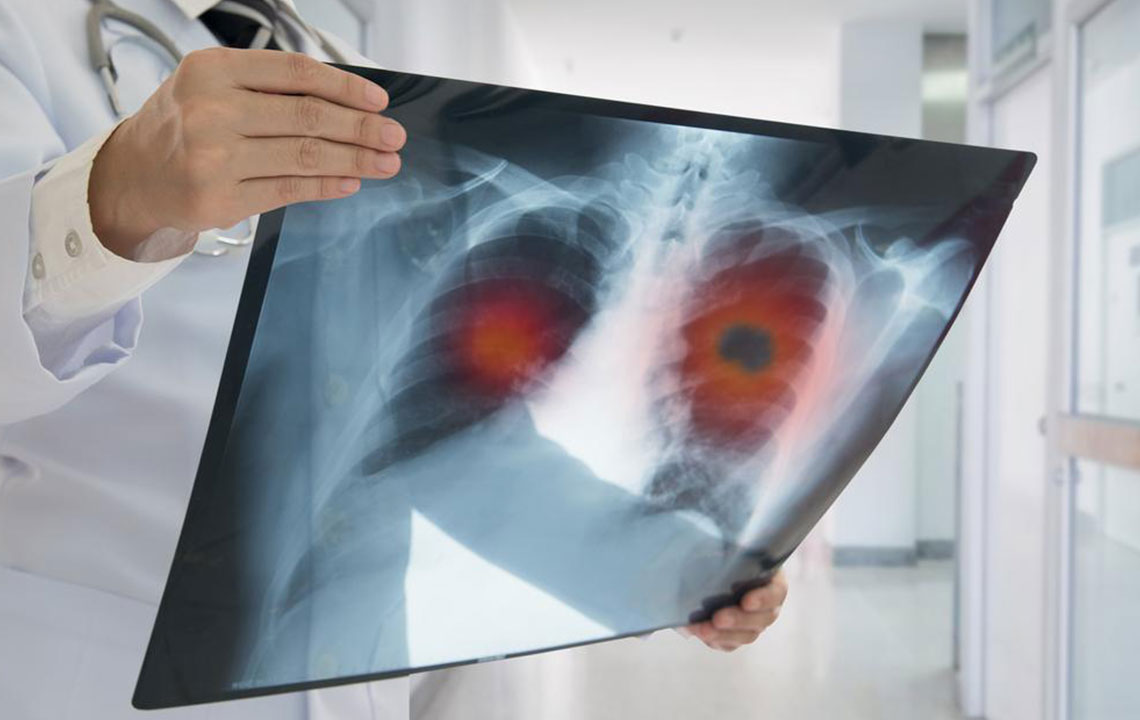Comprehensive Guide to Non-Small Cell Lung Cancer: Symptoms, Diagnosis, and Treatment Strategies
This comprehensive guide explores non-small cell lung cancer (NSCLC), including its subtypes, symptoms, diagnostic methods, and cutting-edge treatment options like targeted therapy and immunotherapy. Emphasizing early detection and personalized care, the article offers valuable insights for patients, caregivers, and healthcare professionals aiming to improve outcomes in NSCLC management.

Understanding Non-Small Cell Lung Cancer: Comprehensive Insights into Symptoms, Diagnosis, and Treatment Options
Lung cancer remains one of the most significant health challenges worldwide, with non-small cell lung cancer (NSCLC) accounting for approximately 85% of all lung cancer cases. This article delves deeply into what NSCLC is, its various subtypes, symptoms, diagnostic procedures, innovative treatment options, and supportive care for patients and their families.
What is Non-Small Cell Lung Cancer?
NSCLC is a broad category that encompasses several histologic types of lung cancers characterized by relatively slower growth compared to small cell lung cancer. It primarily involves abnormal growth of epithelial cells lining the lungs, forming tumors that can invade nearby tissues and metastasize to other parts of the body. The main subtypes include adenocarcinoma, squamous cell carcinoma, and large cell carcinoma—each with distinct features and patterns of behavior.
Subtypes of NSCLC
Adenocarcinoma: The most common form, accounting for about 40% of lung cancers. It frequently occurs in both smokers and non-smokers, especially affecting women and younger populations. These tumors typically arise in the periphery of the lungs and are often linked with genetic mutations that can be targeted with specific therapies.
Squamous Cell Carcinoma: Comprising roughly 25-30% of NSCLC, this subtype usually develops centrally within the lung airways. It has a strong association with smoking and often presents with symptoms related to airway obstruction.
Large Cell Carcinoma: Making up about 10-15% of cases, this aggressive form tends to grow rapidly and can appear in any part of the lung tissue. Its quick progression often results in a poorer prognosis.
Recognizing Symptoms of NSCLC
Early detection significantly improves treatment success. Common symptoms include persistent cough that doesn’t resolve, chest discomfort, unexplained weight loss, and fatigue. Patients might also experience breathlessness, wheezing, or coughing up blood. As the disease advances, neurological symptoms such as headaches, seizures, or weakness can occur if the cancer spreads to the brain. Recognizing these signs promptly and consulting a healthcare professional for diagnosis is crucial.
Diagnostic Procedures
Identifying NSCLC involves multiple diagnostic modalities. Initial assessments include a detailed medical history and physical examination. Imaging techniques such as chest X-rays and computed tomography (CT) scans help locate tumors and assess their size and spread. Positron emission tomography (PET) scans are useful for detecting metastasis. Confirming the diagnosis involves biopsy procedures—bronchoscopy with tissue sampling, needle biopsy guided by imaging, or even surgical biopsy. Molecular testing of tumor samples enables identification of genetic mutations, which is instrumental for personalized treatment planning.
Innovative Treatment Options
The management of NSCLC has evolved significantly with advancements in targeted therapy and immunotherapy. Traditional treatments like chemotherapy and radiation are still vital, especially in advanced stages, but newer approaches are enhancing survival rates.
Targeted Therapy: Drugs designed to interfere with specific genetic mutations such as EGFR, ALK, or ROS1 have shown remarkable efficacy. Patients with identifiable genetic alterations benefit greatly from these therapies, which are often better tolerated than traditional chemotherapy.
Immunotherapy: Checkpoint inhibitors like pembrolizumab and nivolumab stimulate the immune system to recognize and attack cancer cells. These therapies have become standard for advanced NSCLC, providing long-term control in many cases.
Chemotherapy and Radiation: Still essential, especially for patients without actionable mutations or when targeted therapies are ineffective. These treatments help shrink tumors, slow progression, and alleviate symptoms.
Emerging Treatments and Clinical Trials
Ongoing research continually introduces novel therapies. Clinical trials investigating new drugs, combination regimens, and innovative delivery methods are crucial in improving prognosis. Patients are encouraged to explore participation options, which can provide access to cutting-edge treatments not yet widely available.
Support Systems and Patient Care
Dealing with NSCLC impacts physical, emotional, and financial aspects of patients and families. Support services from hospitals, community organizations, and national cancer institutes provide counseling, nutritional guidance, and logistical assistance. Palliative care plays a vital role in managing symptoms and enhancing quality of life, especially in advanced stages.
In conclusion, early diagnosis combined with personalized treatment plans offers the best chance for positive outcomes. Advances in targeted therapies and immunotherapy are transforming the landscape of NSCLC treatment, making it possible for many patients to live longer, more fulfilling lives. Staying informed and seeking multidisciplinary care is essential for navigating this complex disease successfully.





